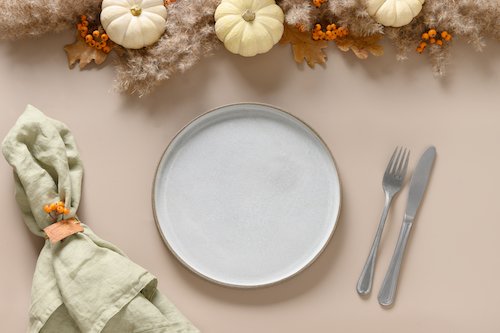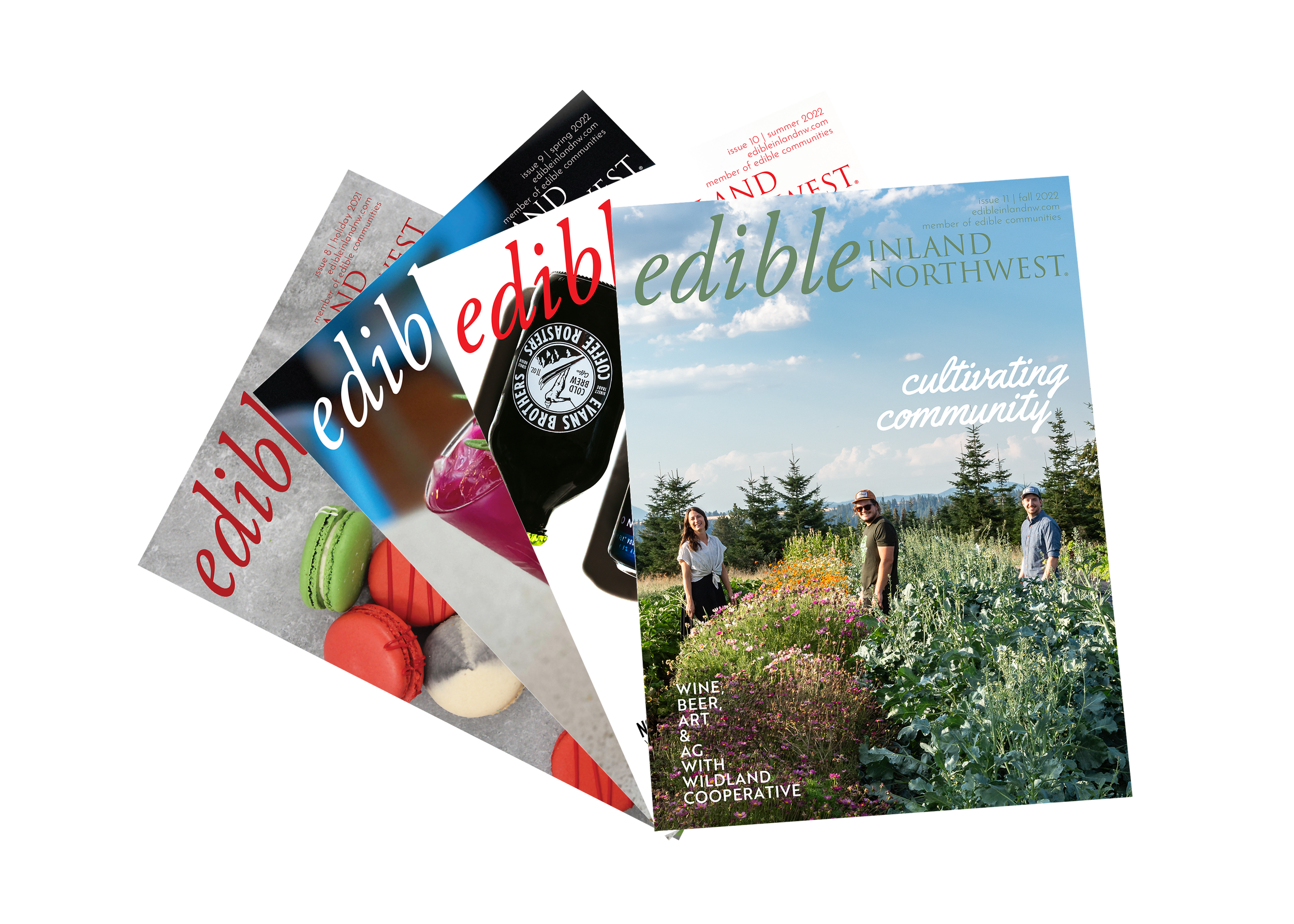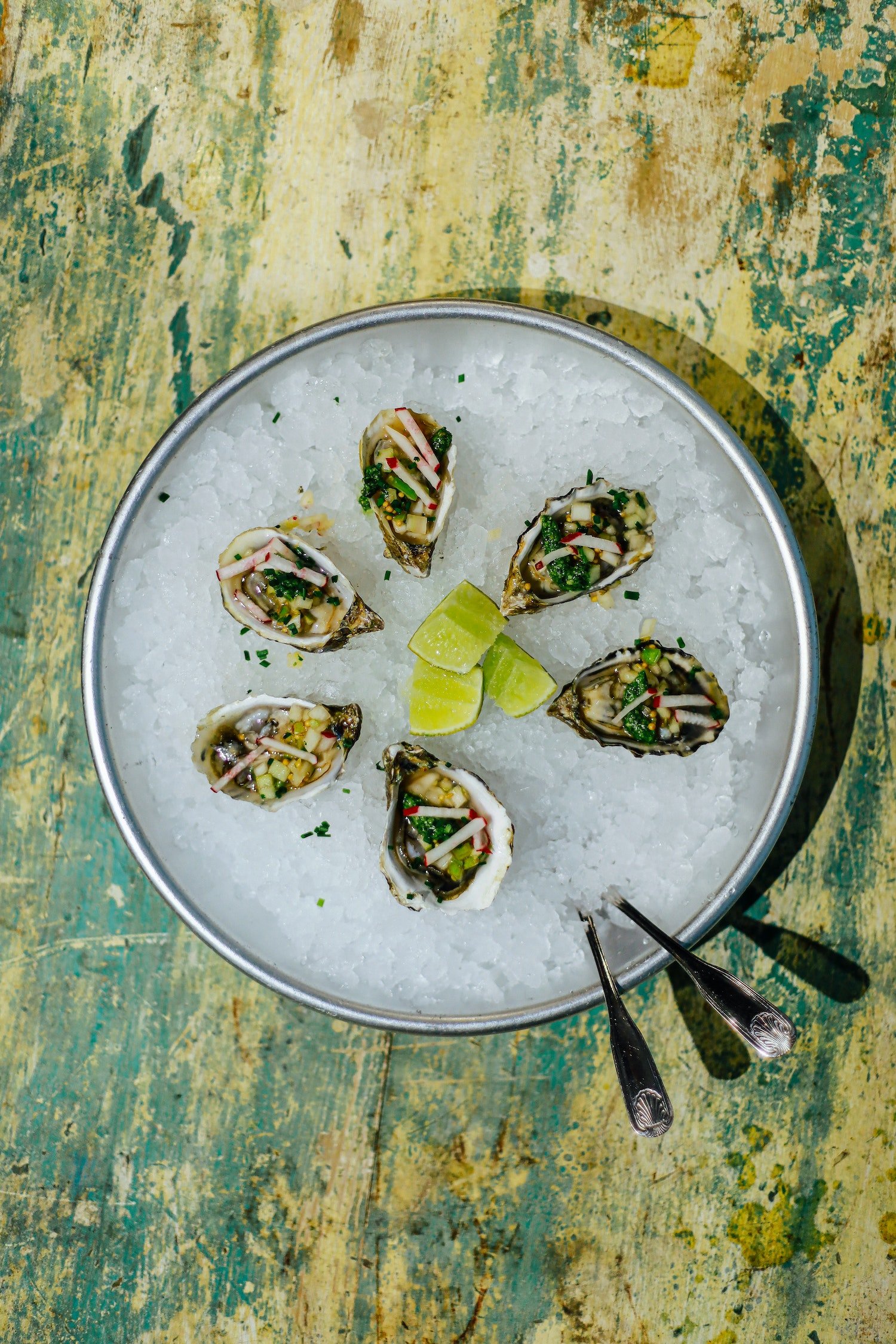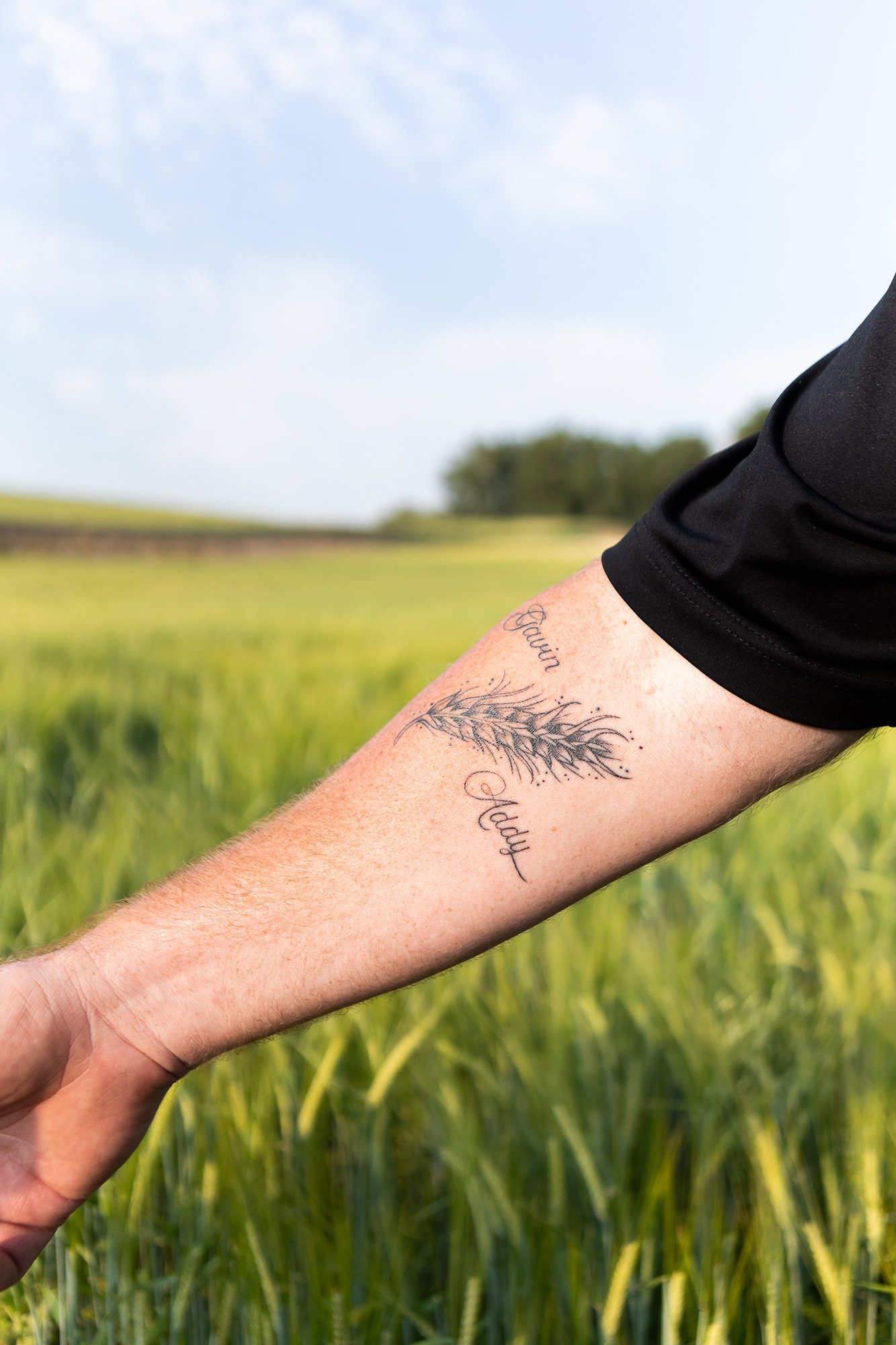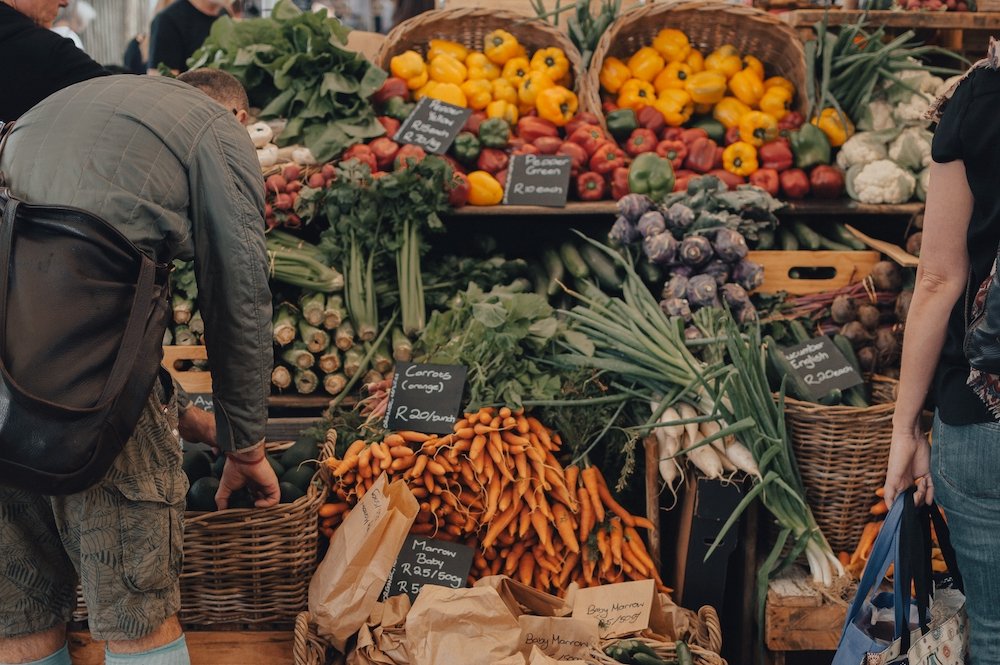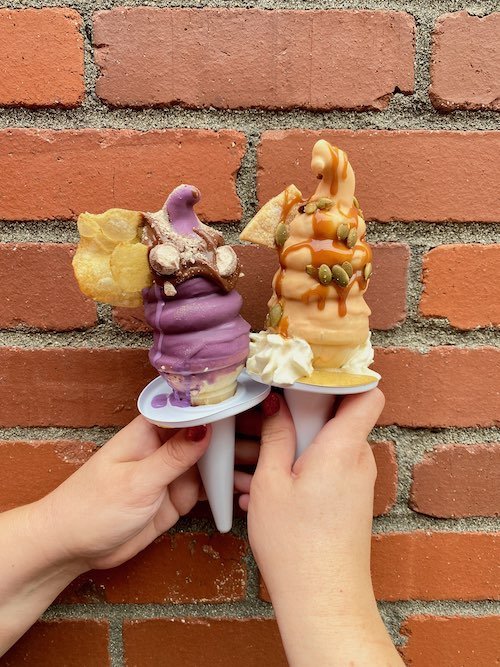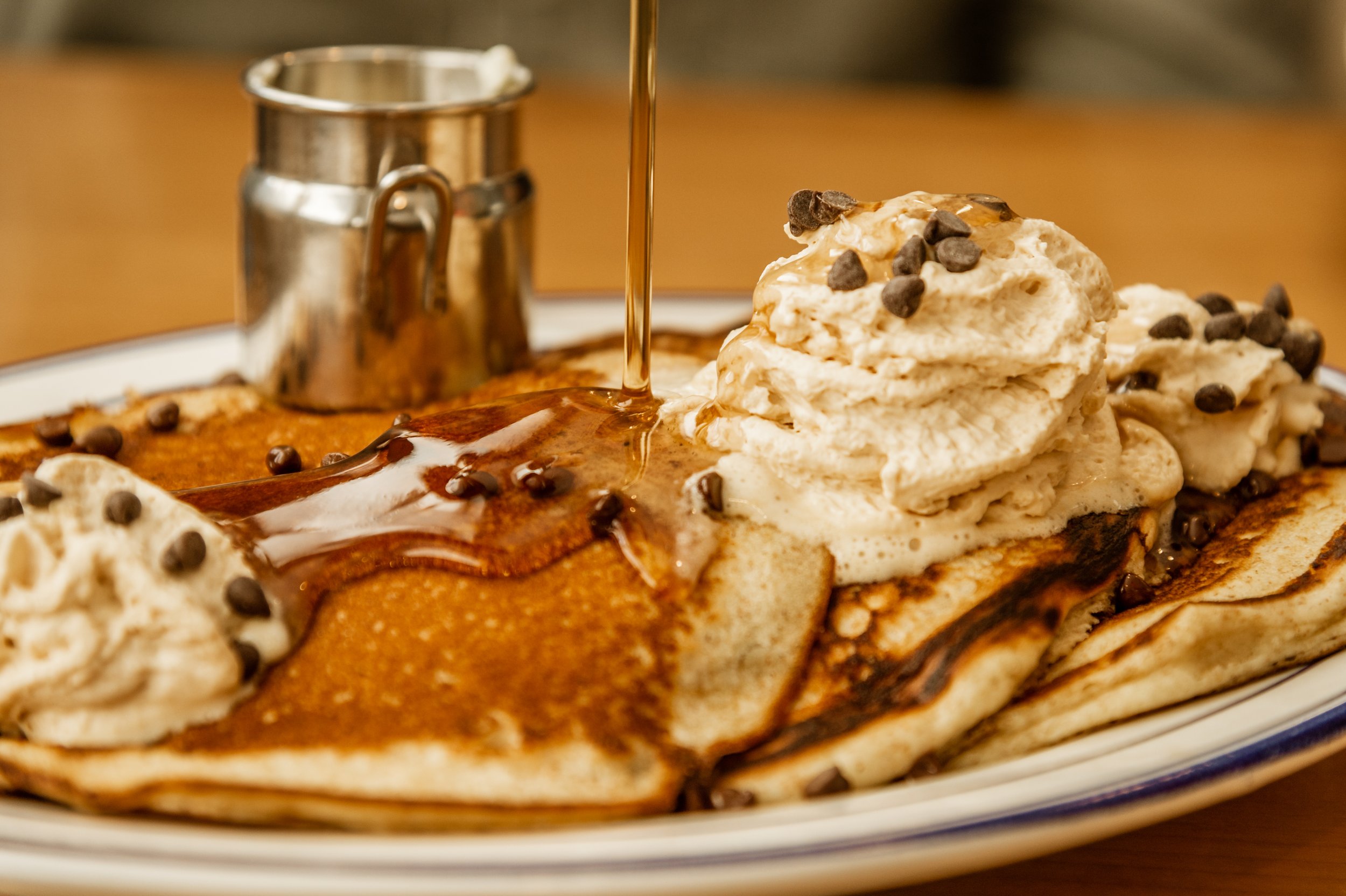Learning the ABC's of Difficult Fruit with Spokane's Kate Lebo
(© Melissa Heale)
Learning the ABC's of Difficult Fruit with Spokane's Kate Lebo
BY CARA STRICKLANDYou might know Kate Lebo’s Pie School, The Commonplace Book of Pie, or her chapbook Seven Prayers To Cathy McMorris Rodgers. This Spokane-based author’s new book is a collection of abecedarian essays (from Aronia to Zucchini), intended to invite the reader to think about all the ways a fruit can be difficult, and how that might apply to other elements of life.
Lebo weaves personal stories and food writing with ethno-botanical research, history, and recipes to create a book that wonders, as she puts it, what happens when what nurtures and what harms get tangled.
Read on for our conversation about the book.
Farrar, Straus and Giroux | 2021 | $28
What makes a fruit difficult?
In this book, difficulty can be something that is so prevalent it actually overcomes and destroys other types of fruits and the natural environment. It could be something that is incredibly present in one particular geographic place but impossible to transport, or something that has no market value it so no one will transport it because it's not worth anything, which makes it rare everywhere else. It could be something that is difficult to cook, or difficult to eat. I think normally when we think about difficulty when it comes to fruit, in a literal sense, usually we're thinking about whether or not it is easy to eat, so that's one kind of difficulty.
In the case of quince for example—which is one of the fruits that brought the phrase 'difficult fruit' to mind for me to begin with—quince is this absolutely beautiful, yellow fruit with this gray fuzz on it, a wonderful combination of the masculine and feminine, and it smells amazing.
If you've never had it before and someone gave you a quince, you might look at this thing, smell it, and then try to take a bite. Of course you would, that's how you're used to eating fruit. And you would be shocked and perhaps betrayed—which was the feeling I was feeling on my first bite of quince—when you discover that this fruit is incredibly hard and incredibly astringent, it wicks all of the moisture out of your mouth. If it's a quince worth anything, it'll just be so sour and so astringent that you'll have a really hard time getting that bite down.
Quince is a cook's fruit. It really starts to reveal all sorts of different flavors and more edible textures once you stew it for a long time. I loved the way that fruit taught me how I had been expecting fruit to be easy and sweet. These were very reasonable expectations for someone in early 21st century America to have, especially someone who has been raised mostly getting their fruit from the grocery store, because most of our fruits that we can easily buy have been bred and are valued for easiness and sweetness.
That's a literal way to talk about difficulty, but I immediately started thinking about the mythology behind quince, the the possible metaphors that I could extract from that kind of experience—a fruit that smells and looks amazing but tastes sour.
How did you decide what fruits to include out of a huge number of difficult fruits that exist in the world?
I ended up choosing fruits according to whether they just sparked for me. As I was going through and researching possible fruits, I always was waiting for that moment, that spark of interest, of feeling like I can go further with this fruit. I can't really tell you why I would feel that way about one fruit over another.
It probably has to do with the way I was raised, where I was raised, the food culture that I grew up in, the fruits that I grew up around, and the fruits that I discovered later, as an adult.
Often, I needed a little bit of personal context to really get into a fruit. I also was afraid of falling into a really unimaginative trap of just saying a fruit that I'm not familiar with is difficult—a so-called exotic fruit is difficult just because it's exotic. Of course, that's all relative, that I would think something like rambutan is exotic only because I grew up with apples and oranges.
Some of these fruits have a forbidden or dangerous quality to them, what drew you these in particular, and difficult fruits in general?
What I remember is that when I was putting out Pie School—my cookbook—and and the book before that Commonplace Book of Pie, one of my constant anxieties was that I would be defined as just a pie writer, which to me meant someone who wasn't creating art, basically, but who was just writing about something kind of sweet, fairly culturally accessible in the United States. I was writing poems. I was getting my MFA in poetry at the time, and of course had these, higher aspirations, and this got really entwined with anxieties about the ways that I would be limited because I was a woman and dismissed because I was a feminine woman.
Once the phrase difficult fruit started floating around in my head after that bite of the quince, which happened when I was in grad school, I started to see that phrase as something that might point me towards a book that would help me explore or argue against a dismissal of what appears sweet.
I wanted to write something where perhaps that sweetness would bring a reader in and then give me a chance to complicate their expectations of whatever I was writing about. I didn't end up making any kind of really direct arguments about femininity or sexism. It's all in there. I think being a woman, being a writer, being a cook, being someone who's comfortable in the domestic sphere, aware of the ways that we both under and over value those skills is all there.
I didn't end up finding direct arguments about the goodness or badness or what should be changed about that relation to be that interesting to me. I ended up getting obsessed with this relationship between sweetness and poison, nurturing and harm, the way that these things could coexist and often coexist, in our relationships, in our food. For example, stone fruits and their pits.
This shows up in the cherry chapter in particular, it became such an interesting way to point out how a fruit that we feel is very familiar, a fruit that we identify with a certain kind of femininity, and a fruit that is the height of sweet summer, also holds at its core a drop of poison. Like a lot of plants, it's got some kind of toxic compound in the seed that's probably part of protecting it.
I'm fascinated by the way poison is nestled within sweetness, and the way that what nurtures and what harms can become really hard to separate. And perhaps, one of our challenges within some of our relationships might be to learn how live with both.
I think in some of the relationships that I detail in the book, it becomes necessary to sever that tie because what harms overwhelms what heals and nurtures. But you know, we're all human, we’re all breaking down, we're all assholes some days, right? So being able to continue to engage with that difficulty in our relationships, and in food, actually became more important to me than trying to engage with the anxieties is that brought me to the idea of difficult fruit in the first place.
How are you hoping your readers will engage with your book?
I'm hoping that the reader who's just hungry for a different kind of food writing, maybe the reader that feels pretty cynical about glossy food magazines and the kind of good life that they often purvey will find my book a breath of fresh air.
Another way I'm hoping to engage readers is in their quest for a closer relationship to the natural world and using knowledge about edible plants and knowledge about how plants heal, that might be a route for some readers. In the book, I repeatedly talked about how I hate hiking. But hiking was the most easy offering of how to be in relation to the natural world in the culture that I come from and that was just not something that ever worked for me.
But what has worked for me is learning the names of edible and medicinal plants, growing things, eating things. It has helped me think of that as a kind of literacy that I was longing for and that now that I am getting better at reading the landscape, I have a closer relationship to the natural world than I did before. I go to it less as something whose resources I need to extract and more as something that I am interacting with in partnership with.
I don't necessarily intend to inspire the reader to do it the way I did it, but to invite them to consider the many different ways one can go about addressing their alienation from nature, if they feel alienated—not everybody will, but I did, and now I don't.
Then finally, I'm excited to meet the reader who thought this was just a book on fruit and gets surprised by all the other elements of this book and sticks with it.
When you purchase a book through our site, we may earn an affiliate commission.










